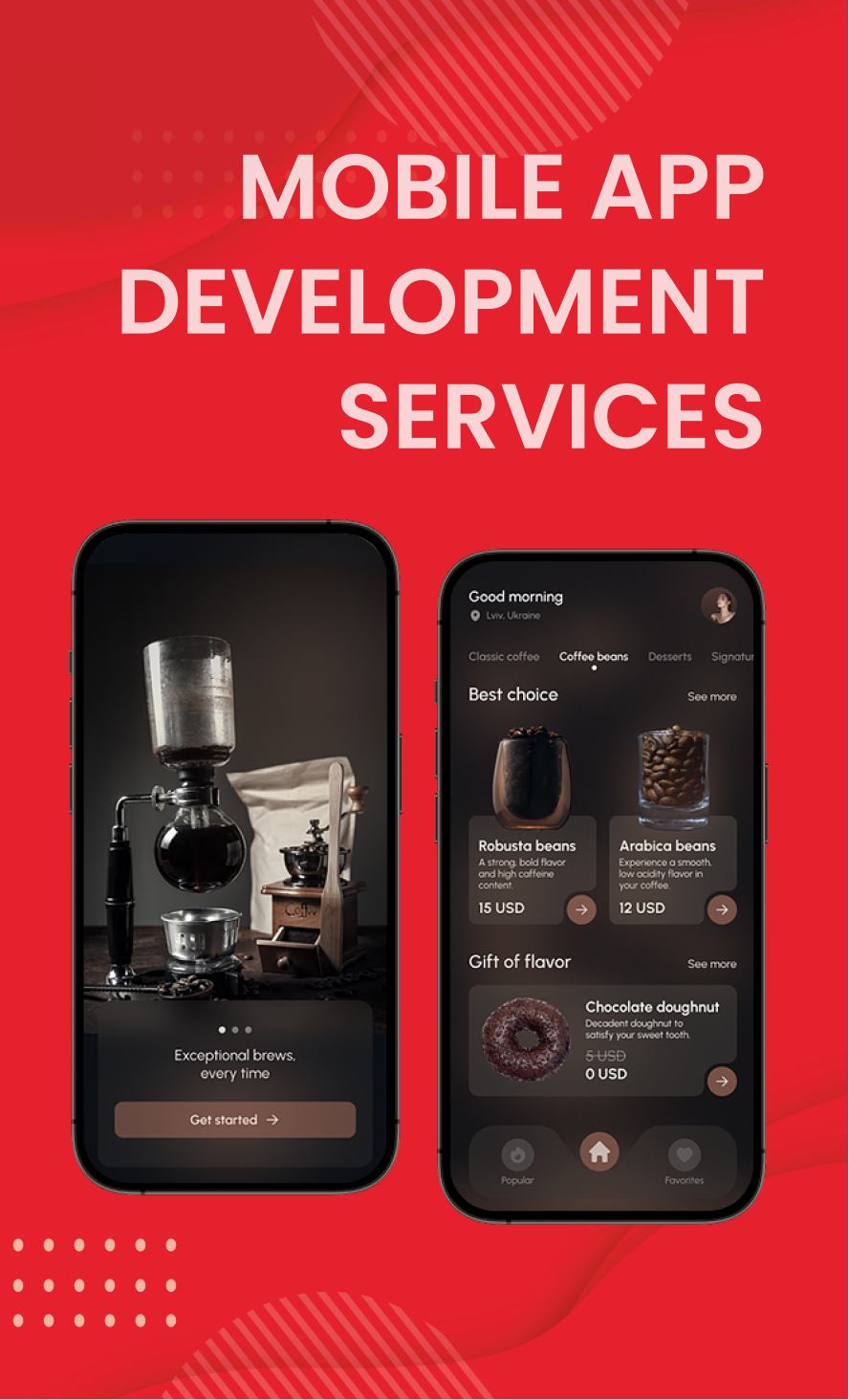The ADVN Blog - Where we inspire business
Where you learn TechNews
News & Insights
Articles and updates on mobile, web, enterprise software, and e‑commerce.
Differences between Web Apps and Mobile Apps
25/04/2022

Web apps are accessible via browsers and easy to update; mobile apps deliver optimized experience and performance on devices.
Choosing between a web app and a mobile app depends on product goals, user behavior, budget, and timeline. Many businesses combine both to maximize reach and quality of experience.
Technology & architecture
Web apps run in the browser (Chrome, Safari, Edge) and are delivered over HTTPS. Typical stacks: React/Vue/Angular for frontend, Node.js/.NET/Go/PHP for backend APIs, and relational/NoSQL databases. Mobile apps are installed on devices. Native stacks (Swift/Objective‑C for iOS, Kotlin/Java for Android) or cross‑platform (Flutter, React Native) provide deeper access to OS features.
User experience & performance
Mobile apps can offer smoother animations, better touch responsiveness, and optimized offline capability. Web apps excel at rapid iteration and universal access, but may be limited by browser APIs and network connectivity.
Device features
- Mobile apps: full access to camera, sensors, Bluetooth, background services, and push notifications.
- Web apps/PWA: progressive access (camera, geolocation, local storage, service workers) with some platform limitations.
Distribution & updates
- Web: deploy once to the server/CDN; users get updates instantly.
- Mobile: publish via App Store/Google Play; releases go through review, and users update versions on their devices.
Cost & timeline
Web apps generally ship faster for broad reach and admin/internal tools. Mobile apps require additional design, QA on device matrices, and store compliance, increasing time and cost—especially when building for both iOS and Android.
Security & compliance
Both require robust security (auth, encryption, OWASP best practices). Mobile adds secure storage and OS‑level permissions; web adds protections against XSS/CSRF and content security policies.
Use cases
- Choose web: dashboards, e‑commerce, content sites, admin portals, quick MVPs.
- Choose mobile: consumer apps needing offline, rich device features, or push‑driven engagement.
- Hybrid: combine web (broad access) and mobile (deeper engagement) for a complete product strategy.
Cross‑platform & PWA
Flutter/React Native reduce duplicated effort across iOS/Android with near‑native experiences. PWAs provide installable web apps, offline caching, and push notifications (browser‑dependent), offering a strong middle ground.
Conclusion
There’s no one‑size‑fits‑all answer. Define user value, constraints, and roadmap first. Use web for fast iteration and reach; use mobile when deeper device integration and superior UX drive the outcome. Many teams succeed by delivering both in phases, guided by analytics and user feedback.
Related Blog Posts
Best Practices for Optimizing Mobile App Performance
May 29th, 2023
The Evolution of Programming Languages
May 20th, 2023





